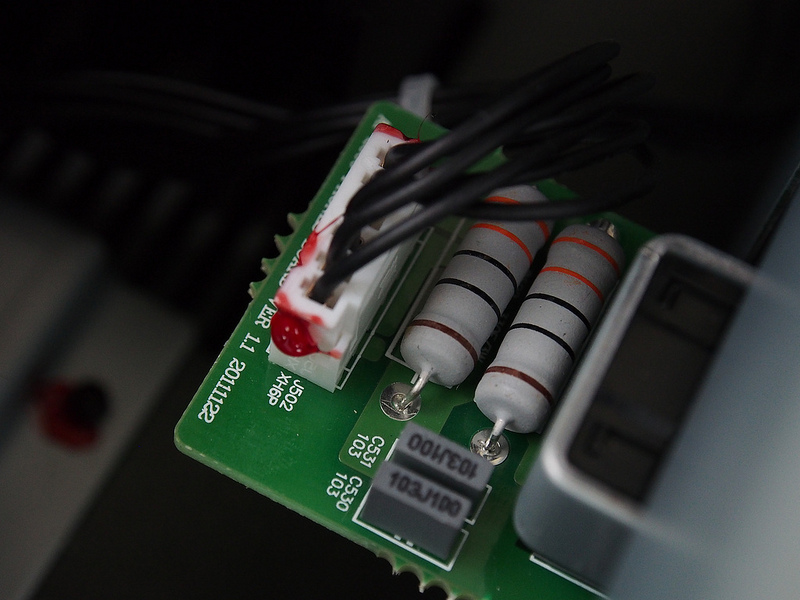I recently visited a website that has really nice headphone measurements published in english, although a russian website. I noticed the measurements show minor improvement in the FR balance of the AKG K702 with a higher output impedance amplifiers. 300 ohms looks like a minor boost of high treble and lower bass, which is something that makes these open back headphones sound a little bit better.
90dB view

24db view

I often read how AKG K701/2, Q701, K712, K7XX are recommended with powerfull headphone amplifiers to sound more balanced. One guy wrote they benefit from higher output impedance amps, which is why people like them with beefier amps and tube amps. Obviously tube amps have high Zout and more powerfull head amps need bigger resistors in the voltage potential divider, thus result in higher Zout.
Therefore, not only integrated amps headphone output can be as good as a dedicated can amp, but if you have bat hearing to notice a 1db bass/treble boost, it can make your cans sound even better. Makes me think what all the NwAvGuy craze was about. I see people still stress over amplifier output impedance as if it's the end all factor of amplification.
Technics SU-7700 integrated
✓ 330ohms output impedance
✓[/b] Gobs of clean power
✓[/b] First 1W in Class A
✓[/b] Sexy retro look
✓[/b] Dancing VU meters
SMSL sApII Pro with 24V linear PSU
✓[/b] 10 ohms output impedance
✓[/b] Texas Instruments TPA6120A2 headphone chip amp
✓[/b] Black and boring
✓[/b] Horrible and cheap feeling knob
✓[/b] Chuck it in the storage bin
90dB view

24db view

I often read how AKG K701/2, Q701, K712, K7XX are recommended with powerfull headphone amplifiers to sound more balanced. One guy wrote they benefit from higher output impedance amps, which is why people like them with beefier amps and tube amps. Obviously tube amps have high Zout and more powerfull head amps need bigger resistors in the voltage potential divider, thus result in higher Zout.
Therefore, not only integrated amps headphone output can be as good as a dedicated can amp, but if you have bat hearing to notice a 1db bass/treble boost, it can make your cans sound even better. Makes me think what all the NwAvGuy craze was about. I see people still stress over amplifier output impedance as if it's the end all factor of amplification.
Technics SU-7700 integrated
✓ 330ohms output impedance
✓[/b] Gobs of clean power
✓[/b] First 1W in Class A
✓[/b] Sexy retro look
✓[/b] Dancing VU meters
SMSL sApII Pro with 24V linear PSU
✓[/b] 10 ohms output impedance
✓[/b] Texas Instruments TPA6120A2 headphone chip amp
✓[/b] Black and boring
✓[/b] Horrible and cheap feeling knob
✓[/b] Chuck it in the storage bin





